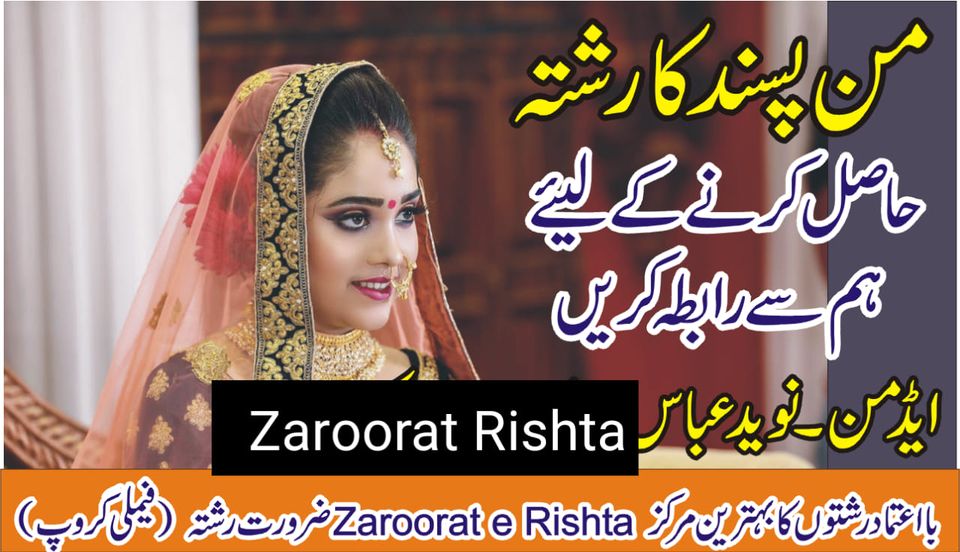
In the vibrant tapestry of South Asian cultures, one of the most cherished traditions is that of matchmaking, known as “Zroort e Rishta” in Urdu. This time-honored practice holds deep cultural significance, intertwining societal norms, familial expectations, and individual desires in the pursuit of matrimonial harmony. Rooted in tradition yet evolving with modernity, Zroort e Rishta reflects the intricate balance between tradition and progress in South Asian societies.
Origins and Cultural Importance
The concept of arranged marriages, central to Zroort e Rishta, has ancient roots in South Asia. Historically, marriages were seen as alliances between families rather than just unions of individuals. This belief persists, underpinning the practice of matchmaking. The process involves careful consideration of factors such as family background, social status, education, and compatibility, all aimed at ensuring a successful and enduring marriage.
The Role of Families and Community
In the realm of Zroort e Rishta, families play a pivotal role. Parents and extended relatives often take on the responsibility of finding suitable matches for their children, drawing upon their networks within the community. This communal involvement not only reinforces familial bonds but also serves as a means of social cohesion, as marriages are viewed as not just joining two individuals but also two families.
Evolution in Modern Times
While the essence of Zroort e Rishta remains unchanged, modernity has brought about significant shifts in the practice. Young individuals today often seek a balance between tradition and personal autonomy. While respecting familial input, they also desire a say in their life partner selection process. Consequently, there’s a growing trend of arranged-cum-love marriages, where individuals meet potential partners through family introductions but have the freedom to get to know each other before making a decision.
Challenges and Adaptations
Despite its enduring popularity, Zroort e Rishta faces challenges in the modern era. Changing societal norms, increased urbanization, and globalization have altered the dynamics of matchmaking. Additionally, the rise of online matrimonial platforms has provided both opportunities and challenges. While these platforms offer a wider pool of potential matches and streamline the process, they also raise concerns about authenticity and compatibility.
Preserving Tradition in a Changing World
In the face of these challenges, efforts are underway to preserve the essence of Zroort e Rishta while embracing modernity. Families continue to uphold cultural traditions while adapting to the changing preferences of younger generations. Moreover, initiatives such as curated matchmaking events and marriage bureaus seek to blend tradition with innovation, catering to the evolving needs of South Asian communities.
Conclusion
Zroort e Rishta stands as a testament to the rich tapestry of South Asian cultures, encapsulating the values of family, community, and tradition. In navigating the complexities of modernity, this cherished practice continues to evolve, embodying the resilience and adaptability of South Asian societies. As it straddles the past and the present, Zroort e Rishta remains an enduring symbol of matrimonial unity and cultural heritage.




